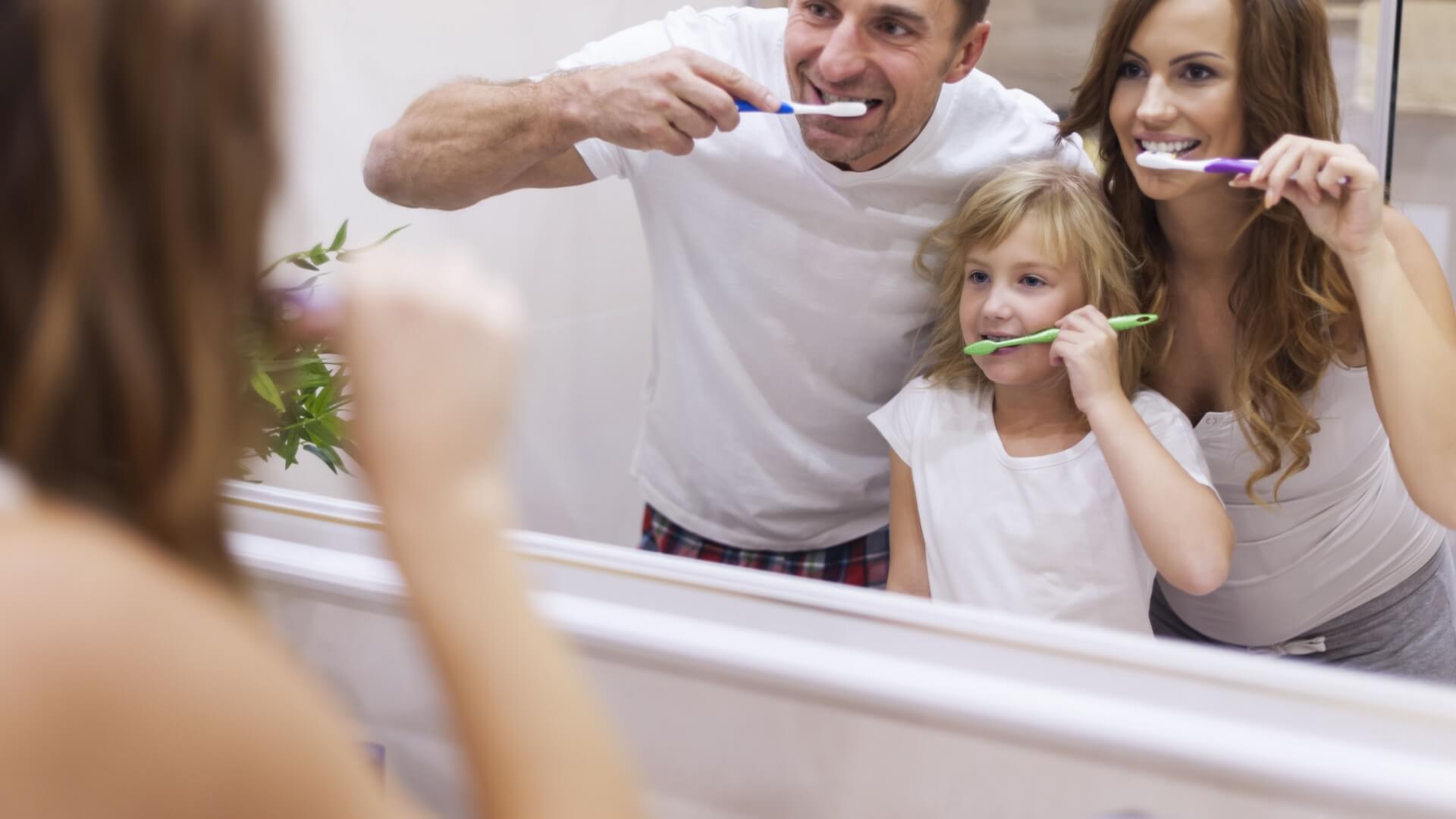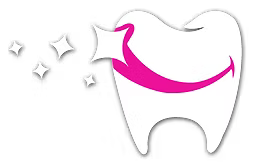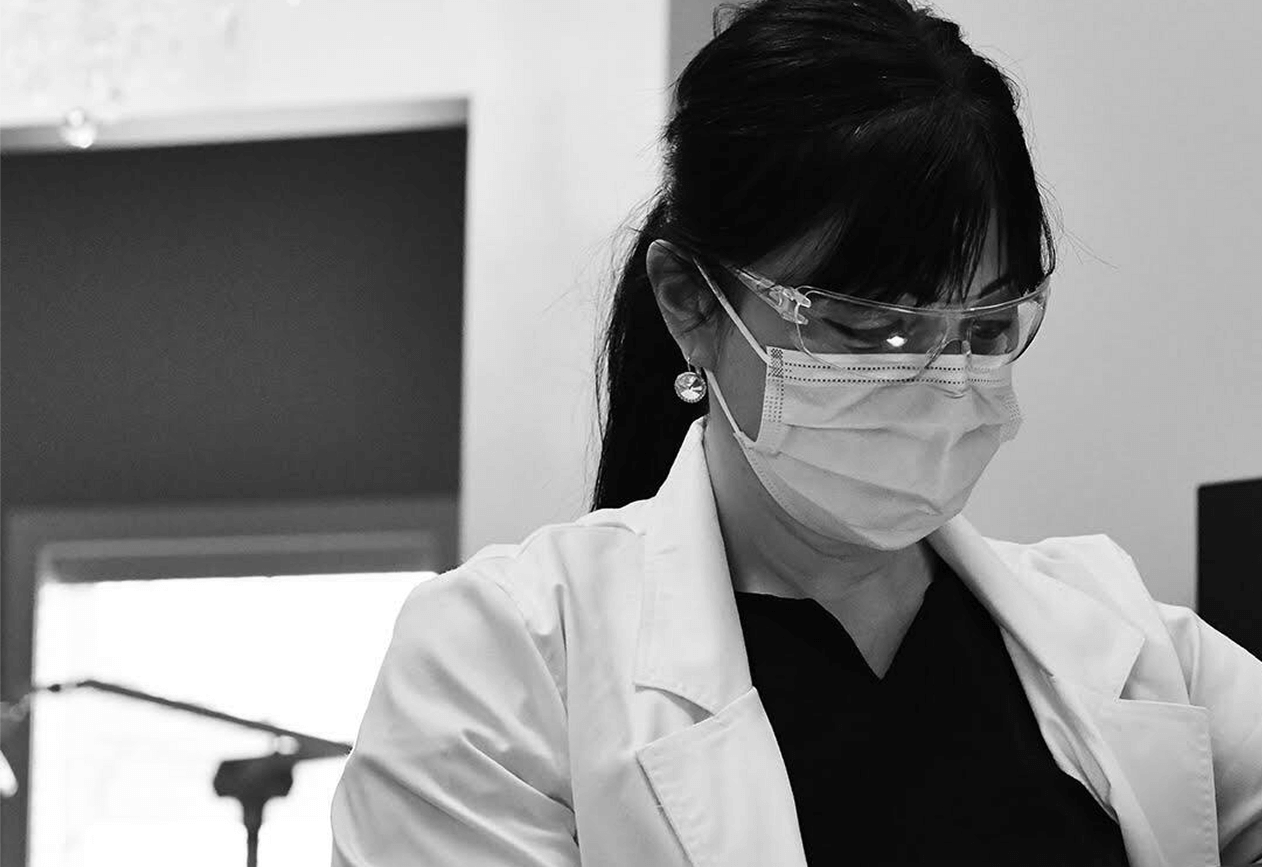8 Tips for Brushing Your Teeth
Tips for Brushing Your Teeth the Right Way
Most people believe they know how to brush their teeth properly. After all, we’ve been doing it since childhood, right? However, studies reveal that the average person only brushes for 45 seconds — less than half the recommended time. Even more surprisingly, many adults still struggle with cavities and gum disease despite daily brushing habits.
The truth is, proper teeth brushing involves much more than a quick scrub with toothpaste. Understanding the correct technique, timing, and tools can significantly improve your oral health and prevent costly dental problems in the future. Whether you’re looking to refine your current routine or establish better habits, these evidence-based tips will help you maximize the effectiveness of your daily oral care.
Best Practices for Brushing Your Teeth
1. Position Your Brush at the Right Angle
One of the most critical aspects of effective teeth brushing is proper brush positioning. Hold your toothbrush at a 45-degree angle where your teeth and gums meet. This angle allows the bristles to clean both the tooth surface and the gum line simultaneously, removing plaque buildup that can lead to gingivitis and tooth decay.
Many people make the mistake of holding their brush perpendicular to their teeth, which only cleans the tooth surface while missing the crucial gum line area where bacteria accumulate.
2. Use Gentle, Circular Motions
Aggressive brushing might feel more thorough, but it actually damages your teeth and gums. Instead, make small, gentle, circular motions to clean effectively. Think of it as massaging your teeth rather than scrubbing them.
Harsh scrubbing can wear away tooth enamel — the protective outer layer of your teeth — and cause gum recession. Once enamel erodes, it doesn’t regenerate, leaving your teeth vulnerable to sensitivity and decay.
3. Clean All Surfaces Thoroughly
Complete teeth brushing requires attention to three distinct surfaces of each tooth:
- Outer surfaces: These are the areas that face your lips and cheeks and are usually the easiest to reach and clean.
- Inner surfaces: The sides facing your tongue and the roof of your mouth require special attention. For the inner surfaces of your front teeth, tilt your toothbrush vertically and make several up-and-down strokes to ensure thorough cleaning.
- Chewing surfaces: The flat tops of your molars and premolars contain grooves and pits where food particles and bacteria can hide.
Don’t forget your tongue! Gently brush or scrape your tongue to remove bacteria that cause bad breath and contribute to overall oral health problems.
4. Time Your Brushing Sessions
Effective teeth brushing takes time. Brush for a full two minutes, twice daily — ideally after breakfast and before bedtime. Two minutes might seem like a long time, but it’s necessary to thoroughly clean all surfaces of your teeth.
Consider using a timer or an electric toothbrush with a built-in timer to ensure you brush for the recommended time. Many people are surprised to discover how quickly 45 seconds pass compared to the full two minutes recommended by dental professionals.
5. Wait After Consuming Acidic Foods
Timing matters when it comes to brushing your teeth. After consuming acidic foods or drinks — such as soda, citrus fruits, wine, or coffee — wait approximately one hour before brushing. Acidic substances temporarily soften tooth enamel, and brushing immediately afterward can cause enamel erosion.
During this waiting period, rinse your mouth with water to help neutralize acids and wash away food particles.
6. Choose the Right Tools
Your toothbrush and toothpaste selection significantly impacts your oral health:
- Toothbrush: Use a soft-bristle toothbrush that fits comfortably in your mouth. Soft bristles effectively remove plaque without damaging tooth enamel or irritating your gums.
- Toothpaste: Select a fluoride toothpaste approved by the American Dental Association. Fluoride helps strengthen tooth enamel and prevents cavities.
7. Maintain Your Equipment
Replace your toothbrush every three to four months, or sooner if the bristles become frayed or worn. Worn bristles lose their effectiveness and may harbor bacteria. After illness, replace your toothbrush to avoid reinfection.
8. Don’t Forget to Floss
Brushing alone only cleans about 60% of your tooth surfaces. Daily flossing removes plaque and food particles from between teeth and along the gum line — areas your toothbrush can’t reach. Flossing before brushing allows the fluoride from your toothpaste to better reach these cleaned spaces.
Professional Guidance for Optimal Oral Health
While proper home care forms the foundation of good oral health, professional guidance ensures you’re following the best practices for your specific needs. At Experience Dentistry in Scranton, PA, we’re dedicated to inspiring healthy habits through personalized patient education.
Led by Dr. Jeanette Linskey-Sanders, our practice delivers compassionate and professional care to ensure every patient feels supported and confident in their oral health journey. We understand that each patient has unique needs, concerns, and goals for their smile.
By emphasizing prevention through proper brushing techniques, regular flossing, and consistent professional care, we aim to help you achieve and maintain a beautiful, worry-free smile. Our team takes the time to demonstrate proper brushing and flossing techniques, recommends appropriate oral care products, and creates customized treatment plans that work with your lifestyle.
Ready to take your oral health to the next level? Contact Experience Dentistry if you have questions about proper brushing technique, need suggestions for oral care products, or are interested in scheduling your next appointment. Our team is here to support your journey toward optimal oral health and a confident smile.




